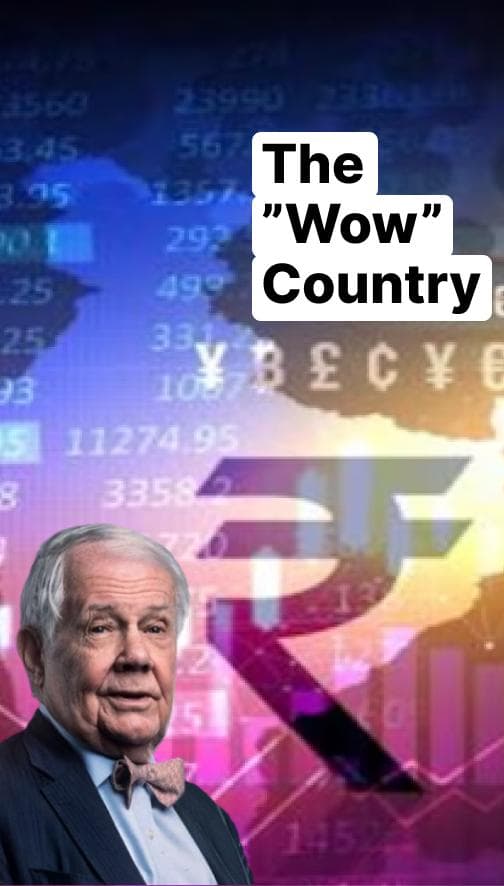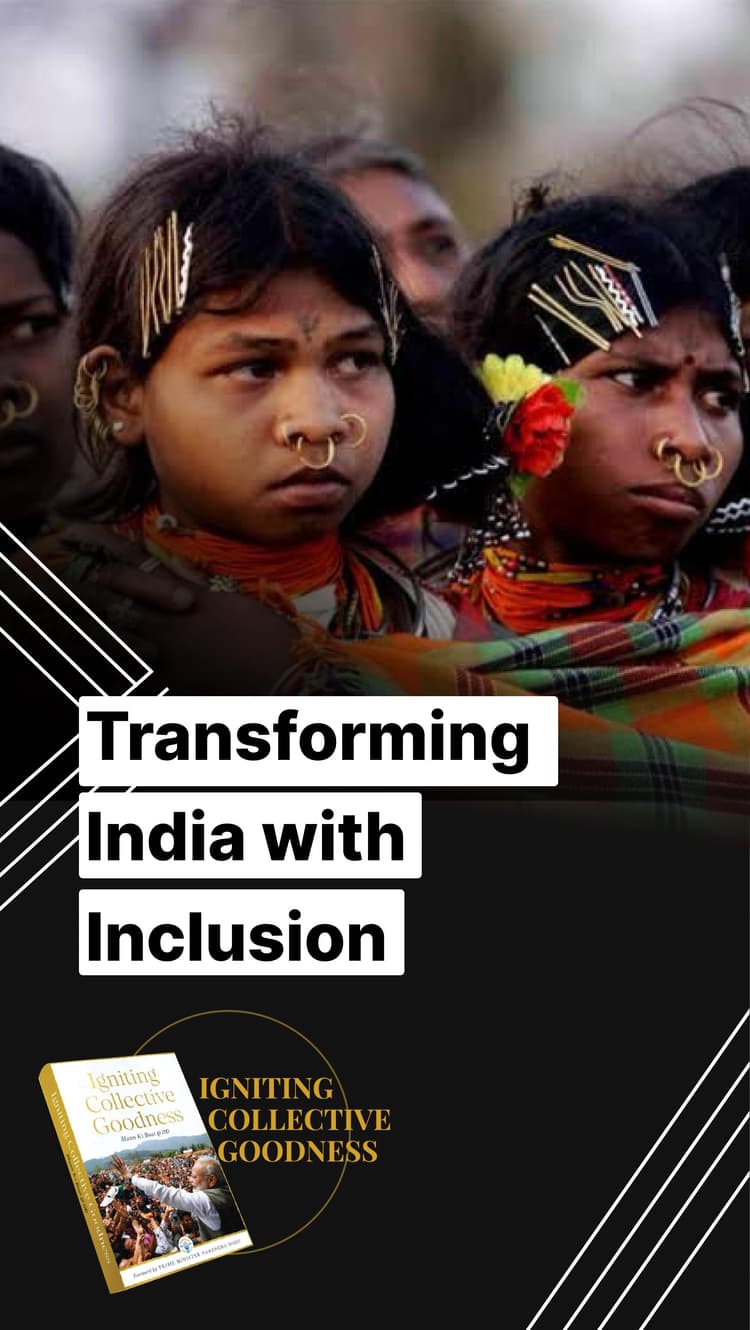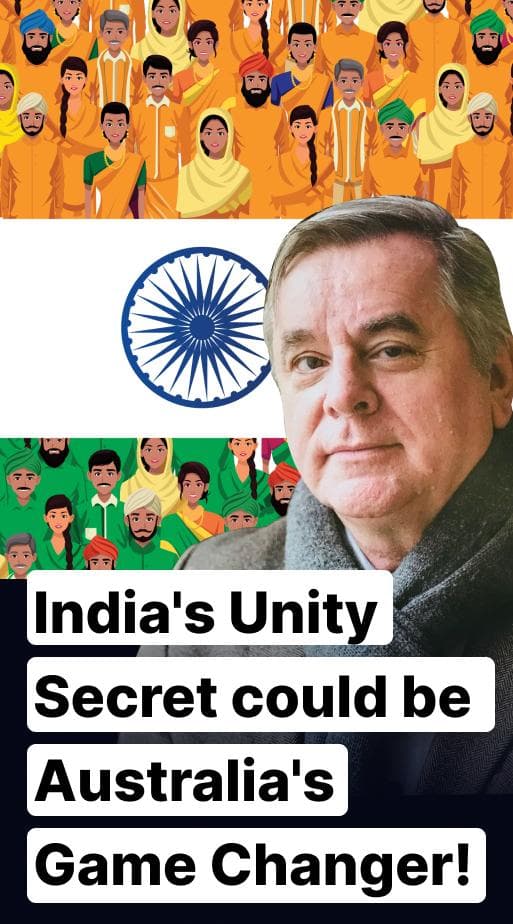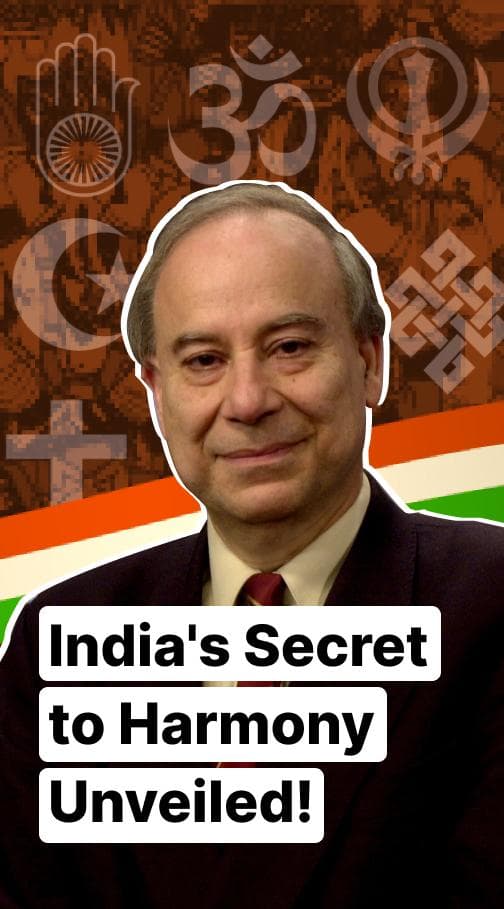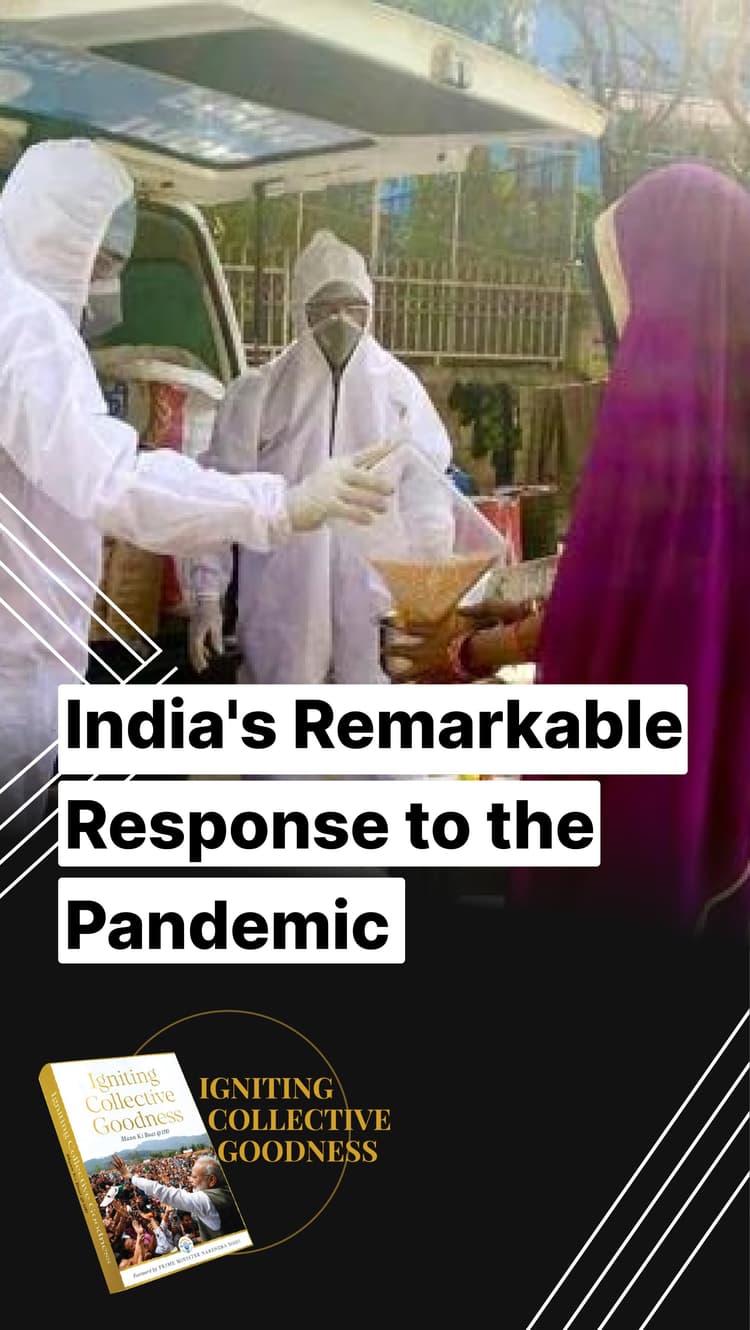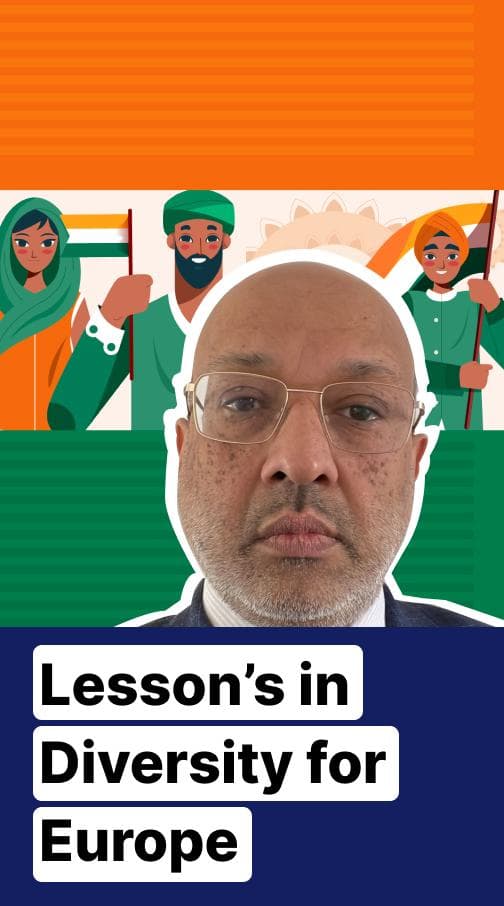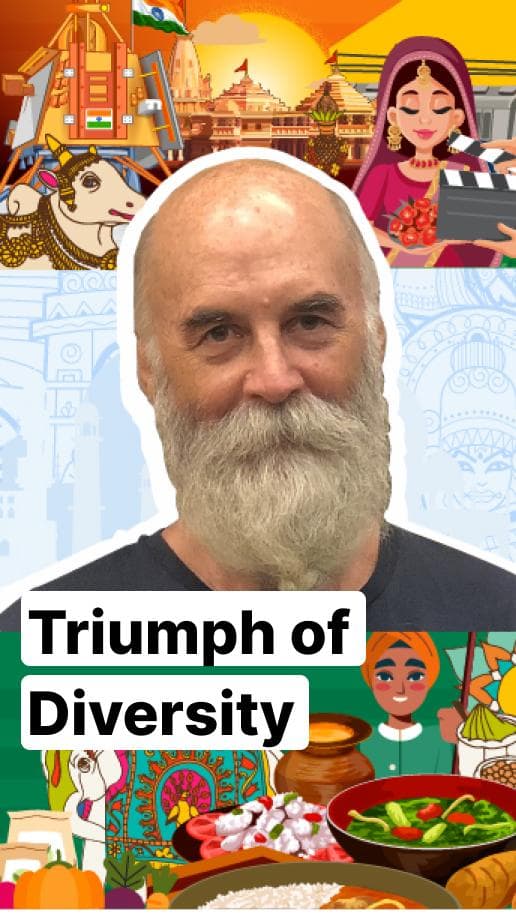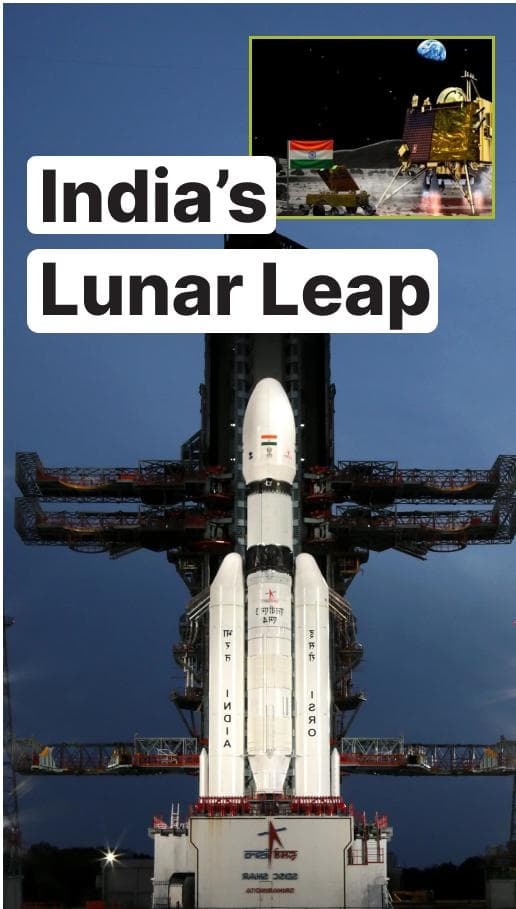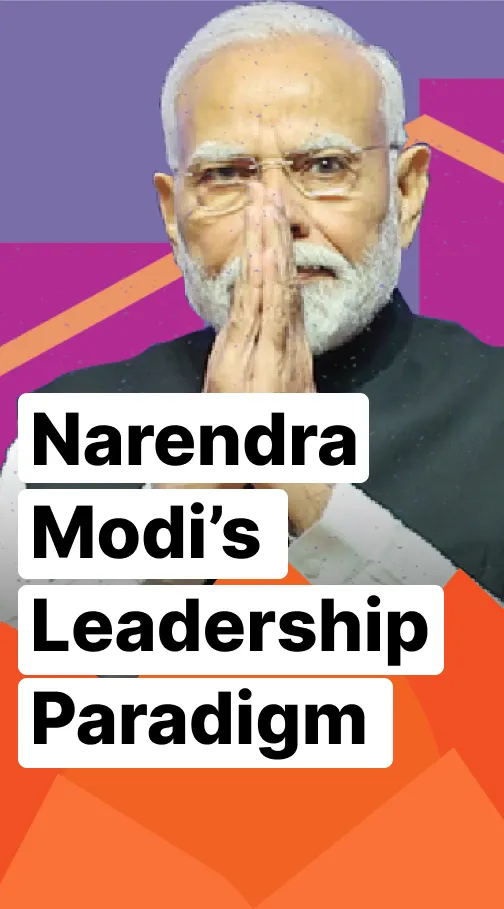The Global Influence of Indian Music
From the Guitar to Sitar, a Western musician's quest to explore Indian music.

The allure of Indian classical music has captivated many, both in India and overseas, for centuries. For some, it's a lifelong passion, a journey of self-discovery, and for others, it's a gateway to a new world of music. The journey of one such person began around 15 years ago, when I arrived in India, smitten with the classical music of the land that had already touched notes of popularity overseas. My quest was to discover and immerse myself in the soul of Indian classical music.
As a musician, my first instrument was the guitar, and my second was the Turkish saz. But one meeting with Ustad Shujaat Khan, son of late legend, Ustad Vilayat Khan, in Switzerland was all it took for me to take up the Sitar, a revered Indian classical instrument. Ustad Shujaat Khan not only took me under his wings but also introduced me to Sanyat Sattar, a renowned artist from Bangladesh. It is from these two that my official voyage to Indian classical music began. With immersion in Indian classical music came the lesson of riyaz (systematic practice), a key kernel of Indian music tradition.
The journey continued as I began to play with various musical bands and perform at events and also composed for a Konkani movie. In 2007-08, I formed a music group called ‘Da Saz’ intending to create a platform for new styles of urban music and traditional forms through recorded albums and live performances. It had various instrumentalists, singers and percussionists like Dhruv Sangari, Gennady Lavrentive and Suchet Malhotra. We created several albums and songs on various themes, experimenting with music from a myriad of genres, and released it in the market and online for a worldwide audience. One peculiarity of our music is that we kept it underground, beyond the bustle of a live audience, and maintained its artistic quality. This peculiarity has come with the recognition that our brand of music can only be appreciated by a niche audience that understands experimental and abstract sounds.
Nowadays, I'm more involved with electronic music and since it's been a long time since I sat for Riyaz on a classical instrument, I don't accept the tag of a classical musician anymore. But my connection with Indian classical remains intact. Through the years in practice, I've observed and have come to believe that Indian music, particularly classical music, is a fusion of various impressions upon the original one. It’s a blend of Iranian, Turkish, Arabic, European, Central Asian and Carnatic (South Indian) music. Like different eras of time, the music has also undergone phases.
Institutionalised after Independence, Indian music has evolved a lot ever since. When sitar maestro Pandit Ravi Shankar took it to foreign shores in the 1950s as he collaborated with Beatles and other icons of that time, Indian music found a new array of connoisseurs and new horizons. It found fusion with more exotic tunes.
Bands like ‘Shakti’, originally formed by the likes of legendary Tabla player Zakir Hussein and revered violinist and composer L Shankar, 'God of Ghatam' T.H. Vinayakram and British guitarist and pioneer of Jazz fusion John McLaughlin blurred the transcontinental boundaries of music in the 1970s.
Similarly, popular names like Rihanna, Akon and Ed Sheeran coming to India to perform in private and public events and collaborating with some popular Indian musicians will also earn limelight for Indian music in general. However, Indian music packs the power to thrive on its sheer quality.
Indian music has always been known for its diversity and richness. From traditional classical music to modern-day pop, Indian music has something for everyone. But what sets Indian music apart is its quality amidst the quantity. More than the numbers, the soulful and melodious folk Punjabi music has captured the hearts of the Indian diaspora even today. With the advent of globalisation, regional and folk songs are also witnessing fusion with other genres such as rap, making Indian music even more diverse and far-reaching. Likewise, traditional Indian instruments such as the tabla, sitar, and sarod captivate both Indian and international audiences, with many aspiring musicians eager to learn their intricate artistry.
Moreover, the Indian music industry is buzzing with the emergence of independent artists, who are introducing original music to the sphere and making the country a very exciting place to be for a musician. These independent artists are not bound by the commercial pressures of the industry and can experiment with different styles and genres, thereby creating a whole new wave of music that reflects the diverse culture of India. For a music lover, India therefore becomes an exciting and vibrant place to be.
Indian classical music touches the strings of hearts. There lies the secret of its longevity. Though Indian classical music continues to make forays into foreign lands and evolve over the years, it has sadly been limited to elite circles and needs to break these shackles.

Lionel Dentan 🇨🇭
Deep Dive
Success Abroad: The success of Indian music, both classical and popular, has soared phenomenally on foreign shores. There cannot be a corner of this earth where Indian music is not heard.
Global Music Influence: The Global Influential Music Index ranked US, UK, France, Germany & Canada as the top 5 musically influential countries worldwide. India was among the 3 Asian countries to feature in the list.
2000% Rise: Global consumption of music from India has jumped by more than 2,000% on its platform in the last five years. In 2023 alone, global consumption of music from India jumped 85%.


